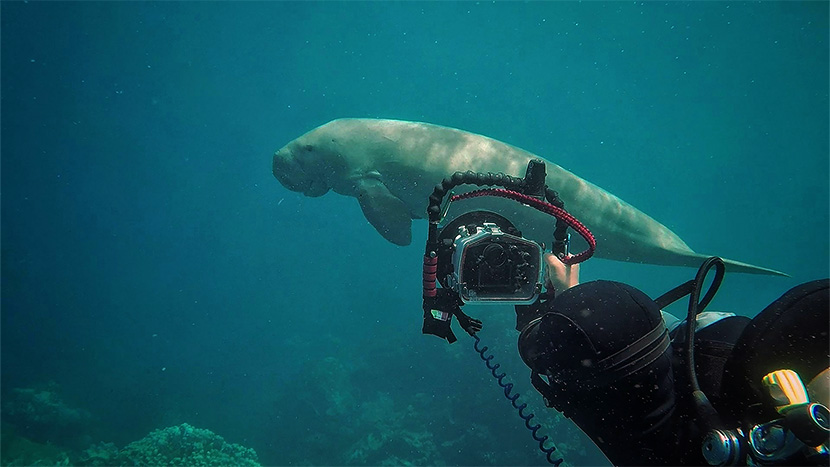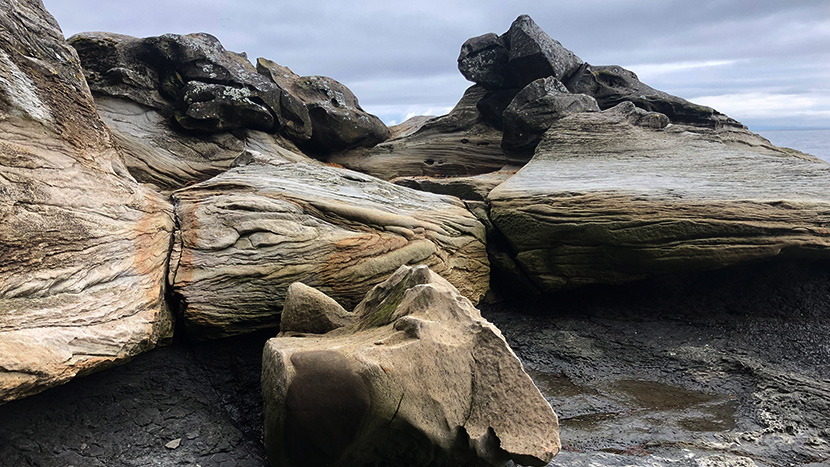Location Scouting: How Filmmakers Find The Perfect Shot
Today filmmakers have a lot of resources at their disposal, including CGI and other VFX that can be used to render and alter scenes. However, it’s hard to beat an on-location shoot if you’re trying to stay authentic, which is critical when shooting wildlife and other scientific phenomenon. Fortunately, location scouts have developed a lot of techniques to help filmmakers find the perfect shot.
Filming A Setting
Filming a setting, for entertainment or scientific purposes, ultimately depends on your idea. You need to go where the action is, which thankfully becomes a lot easier when you’re looking for specific wildlife. Any filmmaker can learn a lot from the entertainment industry, where finding a setting is often much more difficult. Getting the perfect set for many movies, especially those set in historical context, has long been a thorn in filmmakers’ sides because they can’t just take a flight to them.
For example – documentarians might want to film Egypt’s Nile wildlife but Hollywood usually wants Ancient Egypt instead. It’s a setting that’s popular across entertainment industries, filling books, and movies, and even acting as the theme for many iGaming slots. The internet has a lot of book slot games that focus on fanciful settings like Ancient Egypt or El Dorado, due to the mystery and distinct aesthetics that come with those locations. They can’t film on-site, so settle for the next best thing instead by filming stand-ins or making their own sets. If you’re filming current natural phenomena, you don’t have to worry about what the pharaohs were doing three thousand years ago.
That said, finding your ideal location can still be difficult if your idea isn’t fully fleshed out yet. This is where we can learn from location scouting, a sub-industry that helps filmmakers of all kinds find the perfect filming spots. New filmmakers can learn from their methods, especially if they’re shooting a larger documentary that needs B-roll or other kinds of supplemental footage.
Location Scouting Tips
Your first priority when deciding on a location should be feasibility – can you get there and get out without disturbing the environment? Many nature filmmakers can visit labs and reserves, which are welcoming to their project, though the wildest shots often take place far away from civilization. If you’re on your own, you’ll have a much easier time getting to and from a location. If you have a team or a lot of equipment, you’ll need to consider travel to your destination. Permits may also be required for larger operations, or for using drone sin certain places for example.
If sound is important to your story, you’ll also want to do a sound check. That means staying silent and listening for unwelcome noises – typically traffic in the form of planes and trains. Filming insects and other small animals can make use of very sensitive microphones, where a rumbling train can ruin your scene.
Location scouts don’t just focus on where, they also need to account for when. That is, how the seasons and other weather conditions can interfere with a scene. In most filmmaking industries, bad weather results in a day of lost time (and money). When shooting wildlife, weather and seasonal changes become even more important.
You may want to capture a specific behavior that doesn’t happen often or won’t happen if the weather isn’t right. For example, you can be right under the aurora borealis but, if you’re in Norway on a cloudy January night, the northern lights won’t be very visible. Fortunately, you can rely on weather forecasts to inform your decision. As another example, if you wanted to capture courtship dances of a certain bird, you absolutely have to be there during the mating season.
If you want to capture a natural phenomenon, or a certain species, draw up a list of possible locations and then narrow them down. Consider how feasible it is to shoot there, the permits and permissions you will need, the local soundscape, and upcoming weather patterns. To get a good sense of each, you’ll want to visit each one beforehand to scout the place out and capture some B-roll along the way. With this kind of preparation, you can be sure your film will be shot in the right place at the right time.


































































































